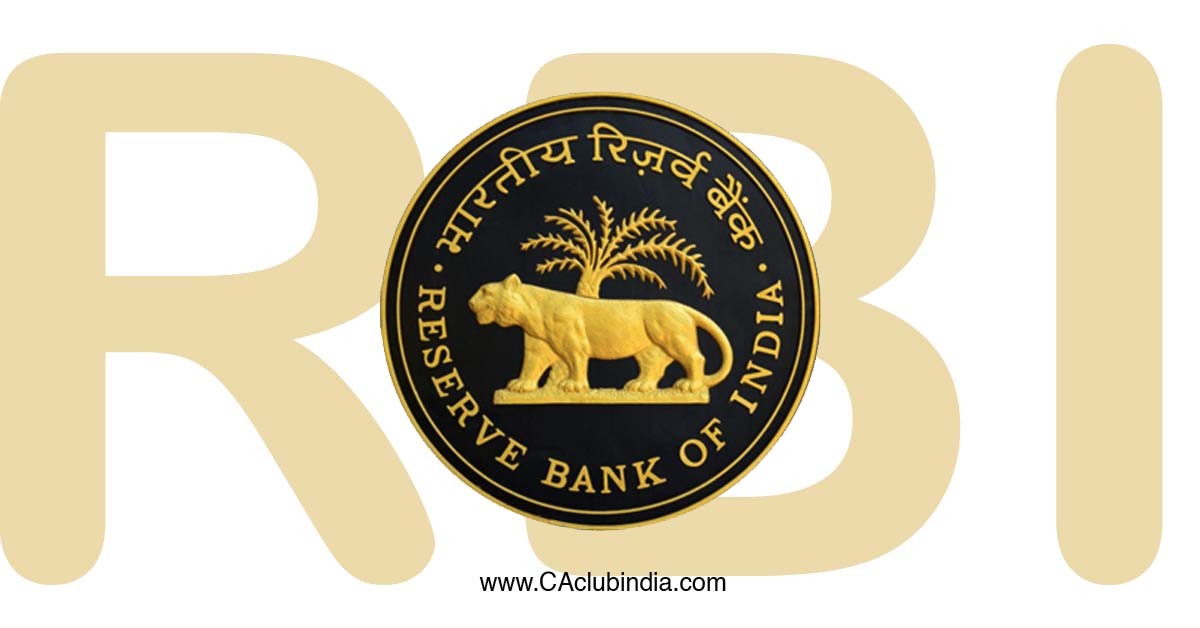The vibrant tapestry of India's economy owes a crucial thread to its Micro, Small, and Medium Enterprises (MSMEs). Over 30% of the nation's GDP flows from these entrepreneurial engines, with over 110 million lives interwoven into their intricate operations. Yet, even these titans of resilience occasionally encounter financial turbulence, necessitating a lifeline – debt restructuring. The Micro, Small and Medium Enterprises Development (MSMED) Act, 2006, extends a helping hand, outlining a path for these businesses to regain their footing. However, a recent judgment by the Bombay High Court has shed light on a crucial nuance within this framework, clarifying the roles and responsibilities of both MSMEs and their lenders.
At the heart of the matter lies a notification issued under Section 9 of the MSMED Act in 2015. This document details a roadmap for debt restructuring, categorized into three stages: SMA-0, SMA-1, and SMA-2, each representing varying degrees of financial stress. However, the court's verdict dispelled a potential misconception – that banks and NBFCs are tasked with autonomously identifying and initiating restructuring for stressed MSME accounts. Instead, it emphatically proclaimed that the process begins not with the lender, but with the borrower.
The crux of the court's reasoning lies in the elusive concept of "incipient stress." The notification mandates banks to recognize this early premonition of financial difficulty within MSME accounts. However, the court rightly pointed out the practical impossibility of such independent identification. Unlike a crystal ball, lenders lack the innate ability to peer into the intricate details of each borrower's business. They are not privy to the subtle tremors of financial instability manifesting within the walls of an MSME. It is the entrepreneur, the captain of their own ship, who feels the first ripples of the approaching storm. Therefore, the onus to sound the alarm and seek shelter in the form of restructuring rests squarely on their shoulders.

Further solidifying this stance is the notification's stipulation for an affidavit from an authorized MSME representative. This sworn statement lays bare the facts and figures that necessitate restructuring, acting as a beacon guiding the lender towards the appropriate level of support. It underscores the vital role of the MSME in kickstarting the process, transforming them from passive recipients of aid to active stewards of their own financial well-being.
This shift in responsibility carries significant implications for both parties. For MSMEs, it demands vigilance and awareness. Early identification of stress, coupled with open communication with their lenders, becomes paramount. Ignoring the warning signs or hesitating to reach out can exacerbate the situation, potentially jeopardizing access to the very lifeline they need. For banks and NBFCs, clarity reigns supreme. Relieved of the pressure to navigate uncharted waters of individual MSME circumstances, they can focus on robust procedures and efficient handling of restructuring applications.
However, acknowledging this shift is only the first step. Unforeseen challenges lurk on the horizon. Lack of awareness among MSMEs about the restructuring framework might impede their timely action. Banks and NBFCs, on the other hand, may face capacity constraints if a surge of applications washes over them, leading to frustrating delays. To weather these storms, proactive measures are necessary.
The government and industry associations can play a pivotal role in raising awareness among MSMEs about the availability of restructuring, disseminating clear information and encouraging early intervention. Financial literacy programs tailored for MSMEs can equip them with the tools needed to identify and address financial stress before it spirals out of control. For banks and NBFCs, investing in internal infrastructure and processes becomes crucial. Streamlined applications, dedicated personnel, and efficient communication channels can ensure timely processing and smooth execution of restructuring plans.
In conclusion, the Bombay High Court's judgment serves as a clarion call, not just for MSMEs and their lenders, but for the entire ecosystem that supports their ventures. By understanding and embracing their respective roles, MSMEs can proactively seek the support they need when facing financial distress. Lenders, armed with clarity and equipped with efficient systems, can extend a helping hand without compromising their own stability. Through collaborative efforts, the framework outlined in the MSMED Act can be transformed into a sturdy bridge, allowing countless MSMEs to navigate the choppy waters of financial turbulence and reclaim their rightful place as engines of India's economic prosperity.
Source: A. Navinchandra Steels (P.) Ltd v/s. Union of India; WRIT PETITION NO. 4620 OF 2022








 CAclubindia
CAclubindia

